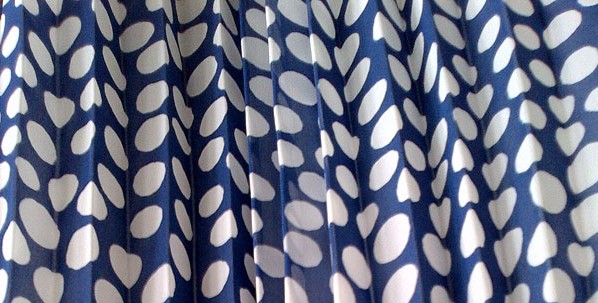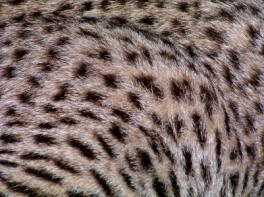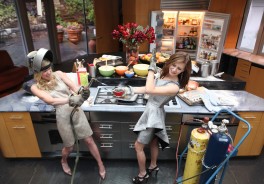
How to Fit a Dress
Many women try on dresses and think that if it doesn't fit, there's something wrong with their body. But what most people don't realize is that dresses are made to be altered. It is very rare that you'll find one that fits perfectly. We talk to an expert to find out how to get the right fit.
We interviewed Nancy Lord, a designer and seamstress, the go-to gal for elegance and sophistication in Vancouver. Her secret to the perfect fit? She says that everyone is different, so it’s not about the consumer having to fit into the dress, it’s about the dress needing to fit the consumer. This means you may need to buy a dress and have it altered.
The Basics
When looking at how well (or badly) a dress fits, there are a number of areas to check:
-
The neckline should lie flat while you’re standing. When seated, make sure it’s not too tight at your throat or pulling down at back. (If so, it’s too small.) If there’s a gap, it’s too big.
-
Arm holes should not gape (on a sleeveless dress), nor be too tight. When you try it on, stretch out your arms, lift them up, and move around. If it’s sleeveless, make sure your bra doesn’t peek out the sides.
-
Side seams should lie flat and run straight down the hem without puckering. Bias-cut pieces tend to pucker. Be sure to sit down and see how the seams fare.
-
Skirt slits should be perpendicular to the hem and should be flat and closed when standing straight. Do a sit-down check to make sure the slit doesn’t ride up and expose more than you’re comfortable with.
-
The hem must be straight all the way around. Look at it from all angles. Also make sure that the dress hangs properly without getting caught up or wrinkled at the hem.
-
Your rear should look fitted in close-cut styles, but not tight. If it pulls at the seams, it needs to be let out, or you need a bigger size. If you can see your underwear lines, either take them off, or get more room. (Or try a body shaper garment.)
-
Your back area should be smooth. No pulling at the seams, no gaping arms or neckline, no bumps, rolls, or bulges (that can’t be otherwise smoothed out with a good body shaper).
-
The front should look smooth and fitted (depending on the style). There should be no crease or break in the fabric at the tummy, which could mean the hip area is too tight, or the dress is too big. If you have a bit of a belly and the dress is fitted, you want to make sure that the fabric doesn’t hug your belly. Instead, it should drape.
-
Your bust area should feel comfortable, not constricted, both standing and sitting down. If there are buttons down the front, make sure there are no gapes between button holes.
- If there are bust darts, they should originate from the underarm seam area and point towards the fullest part of the breast (e.g. nipple area). If the dart is to high or too low, the dress is not the right size or shape for your body.
- The shoulder area should be flat across the middle of your shoulders. Sit down and make sure it doesn’t tug or feel restricted. If it does, try going up a size, or consider having it let out by a tailor.
Other Considerations
-
Buy a dress to fit your largest feature (e.g. bust, hips) and then have the over-sized areas taken in.
- If you have a short torso, you may have trouble with dresses that have a defined waist. Try waistless dresses that are loose all the way down, or empire-waist dresses, which highlight the smallest area of your torso, just under the bust. The empire-waist style is flattering on many figures.










